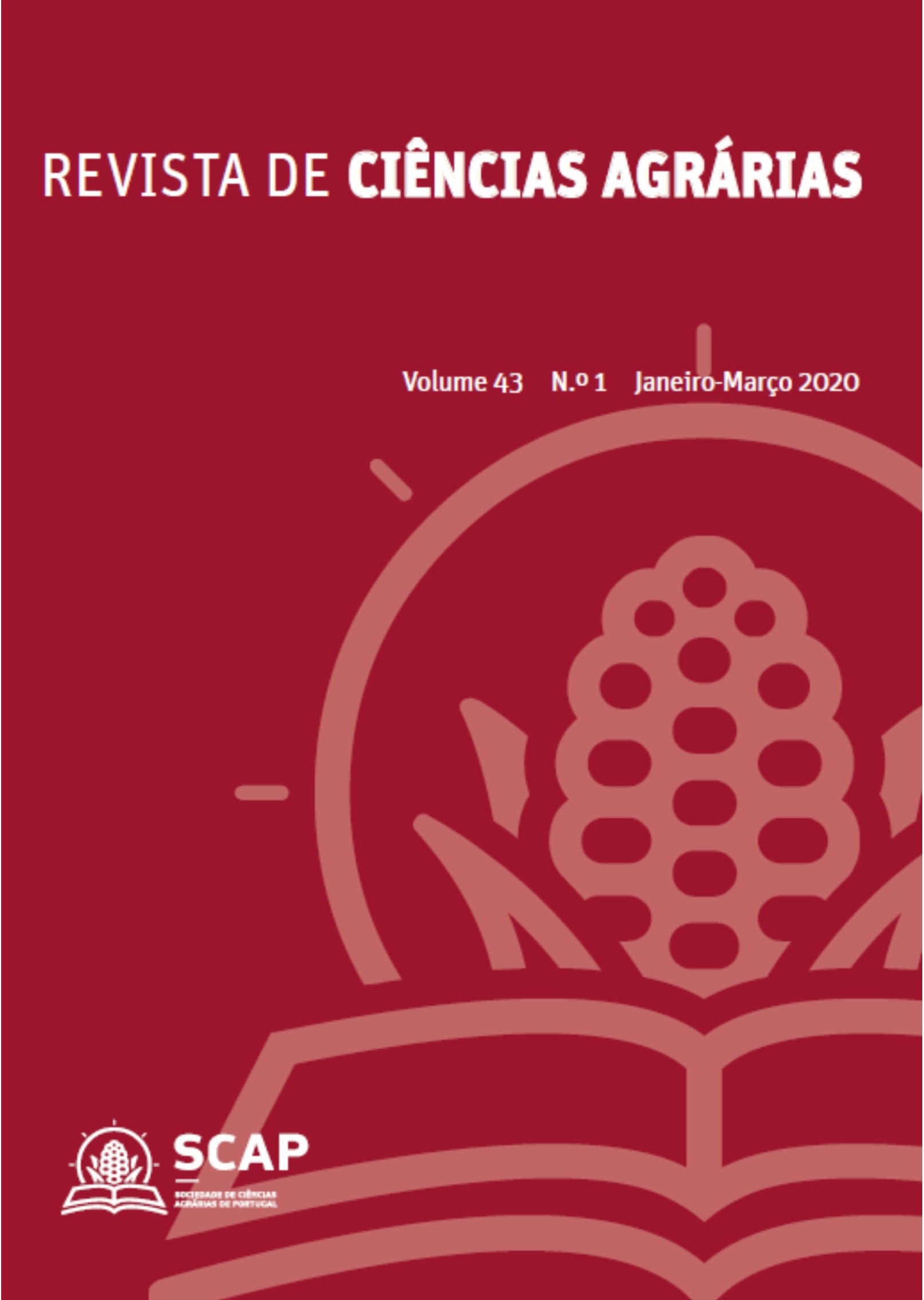Cassava peel ensiling with tomato waste submitted to dehydration: fermentative losses and chemical composition
DOI:
https://doi.org/10.19084/rca.18343Resumo
The aim of this study was to evaluate the effect of different dehydration times of the tomato waste (0, 4, 24, 60 and 96 hours) added in the cassava peel silages on the density, fermentative losses, dry matter recovery, chemical composition, and sensorial quality. The material was ensiled for 60 days in polyvinyl chloride (PVC) silos. There was a linear reduction of 0.406 kg tonne-1 of fresh matter in the effluent production in the silages. A maximum dry matter (DM) loss (p<0.01) of 7.00% was found with 8.10 h of dehydration of the tomato wastes. There was a quadratic behavior (p<0.01) for crude protein (CP) and non-fibrous carbohydrates (NFC), with minimum content of 9% CP and maximum content of 66.0% NFC with 3.53 h and 7.35 h of dehydration of the tomato wastes, respectively. The "satisfactory" classification was observed to the silages with 4, 24 and 96 h of dehydration of tomato waste in the sensory evaluation of the characteristics associated with the nutritional value. Cassava peel ensiling with tomato waste submitted to dehydration time of 7.35 hours is enough to promote an adequate non-fibrous carbohydrates content, associated with lower losses in the fermentation process.


